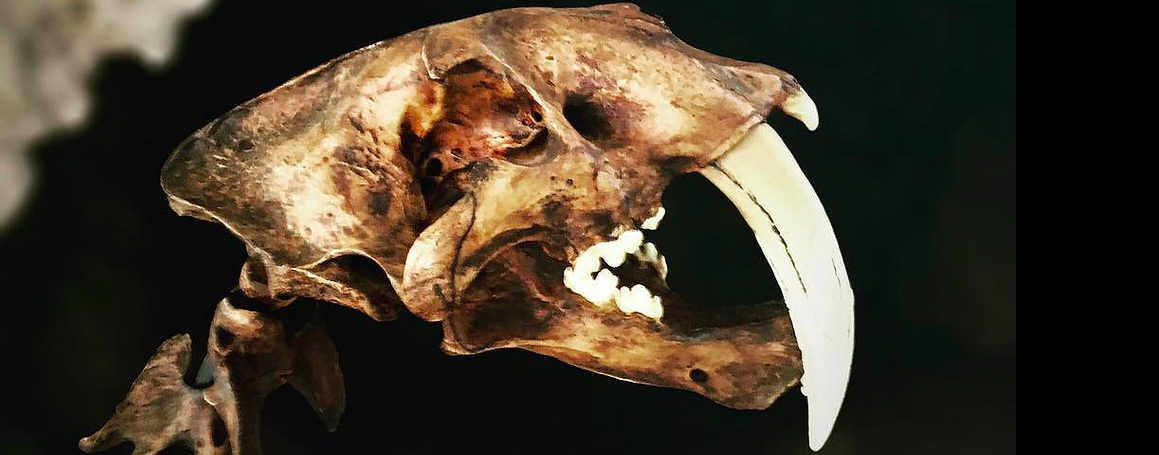New Scientist
Image: tabitum
Fearsome sabre-toothed cats may have had a tender side. The prehistoric predators risked damaging their powerful jaws and teeth during hunts, but a study of their fossils suggests injured individuals could then rely on their peers for food.
Urban Los Angeles is home to the tar pits at Rancho La Brea. For most of the last 40,000 years, sticky tar has trapped and preserved animals wandering across this landscape, providing a window into the animals of the Pleistocene period.
What’s really special about these tar pits, says Larisa DeSantis at Vanderbilt University in Tennessee, is that it particularly preserved top predators. Because apex predators tend to be few in number, fossils of animals that top the food chain are usually very rare. But the tar pits acted almost like fly paper for predators: they were attracted by the distress calls of trapped herbivores and then got caught themselves. Read more on newscientist.com…








